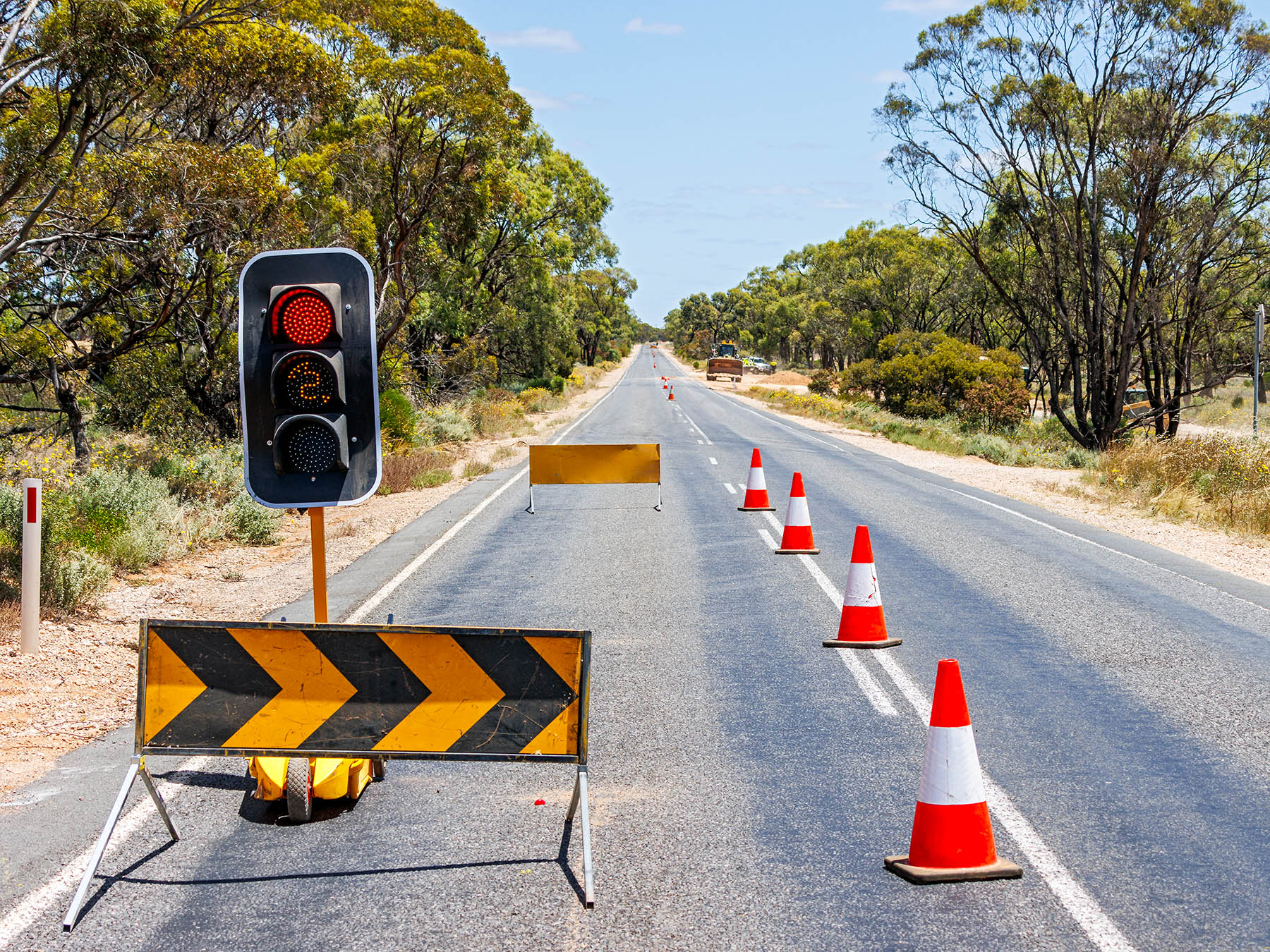The job of Traffic controllers is made easier by the inclusion of traffic control devices as a part of the entire process of maintaining traffic and ensuring safety on roads.
Is there a better way to communicate expectations without using words? Traffic control signs speak volumes, as they send accurate and timely information to drivers and passersby. This makes it easier to define negligence when things go haywire.
What are Traffic Control Devices?
These are devices used to give guidance, direction, and traffic information to drivers. They often have a lot to do with visual and/or tactile indicators. As regards the types of traffic control devices, they fall into four broad categories – signals, markings, signs, and road design.
Each category represents devices and tools used for specific purposes. As you’ll find out later in this article, they all send unique information and are used in specific ways.
Though these devices are commonly used on public roads, they can also be used on smaller facilities for the same purpose. The point of difference here is that signs and signals speak better to the drivers on public roads, while smaller facilities tend to leverage barriers and pavement markings to send traffic information.
The availability of traffic control tools and devices does not make traffic controllers indispensable. That is why Global Training Services is still in the business of helping individuals who want to become traffic control managers achieve their goals. So, if that’s your passion, do reach out to us.
Without further ado, let’s talk about traffic control devices that help traffic controllers or private users achieve safety.
Barriers and Channel-Makers
These are not only used to control traffic; they also work as warnings to avert accidents and prevent hazards. They are available in various versions and styles. Each of them has a specific mode of usage, but the same central goal.
Channelisers and road barriers such as bollards, barrels, or curbs are often used to guide traffic in a specific direction or away from certain areas. They are often flexible and crash-rated, which gives them greater impact protection. That’s why they easily stop head-on or even deep-angle crashes. They are used as permanent traffic control devices unlike other types of barriers like cones.
On the flip side, traffic delimiters and cones are often used to provide warnings around work areas or dangerous zones. They guide drivers to safety, and are usually used temporarily.
Highway barriers are used to mark lanes. They also provide reasonable protection to drivers and road workers by helping to prevent head-on collisions. While some highway barriers are gated, others are not. They either stop a car that collides, or cushion the impact of the car.
Road Traffic Signs
There are different road signs, and each of them sends specific local information to drivers. Signs are made easy to comprehend, even at a glance. They are usually made of reflective material and high-contrast colours. Common examples of road signs used for traffic control are:
- Warning signs
- Regulatory signs
- Traffic signs
- Guiding or informational signs
Road signs are designed in such a way that they are visible even at night when car headlights shine on them. These road signs could also be a combination of words and symbols or just symbols. And they find their relevance on public roads, as they communicate better with drivers on public roads than on smaller facilities like parking lots.
Road Markings and Road Construction
These are designs made directly on the road, and they send a vivid message to drivers without ambiguity. Road markings are more like lines and arrows imprinted on the road. They are used to describe the right legal usage of roads. Examples of road markings include lane markers, sharrows, stop lines, turn lane arrows, etc. Each of them sends a unique message to the drivers that ply the road.
A road marking can inform drivers that the road is shared by both cars and bikes, which means traffic patterns wouldn’t be regular on such a road.
Road construction also has a lot to do with the use of traffic control devices. They include speed bumps, chicanes, roundabouts, speed humps, neck-downs, etc. Road construction and environmental design are used to guide drivers to display the right driving behaviour.
Traffic control is not in any way restricted to public or major roads alone. This is a matter of safety and protection. So, anywhere traffic exits, it has to be controlled to avoid haphazardness.
That’s why traffic control markings are judiciously used in private spaces where traffic-related issues may arise. Parking lots and campuses are common places where road markers and signs are used and penalties are issued to those that default.
Without mincing words, traffic control is very important. And the safety of drivers and passersby depends on it. Though traffic control tools and devices are vital, traffic controllers are often needed to provide human input where needed. Obviously, traffic controllers are indispensable. If you want to become a traffic controller, there’s no better time to start your journey. But where do you get the best training?
Global Training Services Pty Ltd is the place to get your traffic control training. We provide training that gives you the skills and knowledge you need to execute traffic control exercises and guidance schemes. The interesting thing is that our training is easy to follow and designed to suit your schedule.
Conclusion
Traffic control devices and tools are important, and they save the day on many occasions. However, the need for traffic controllers cannot be ruled out. If you have a passion for controlling traffic and ensuring safety, then you should jump on the traffic control course by Global Training Services Pty. We have well-trained professionals who are willing and available to give you all it takes to become a traffic controller. Go here to get started immediately.


